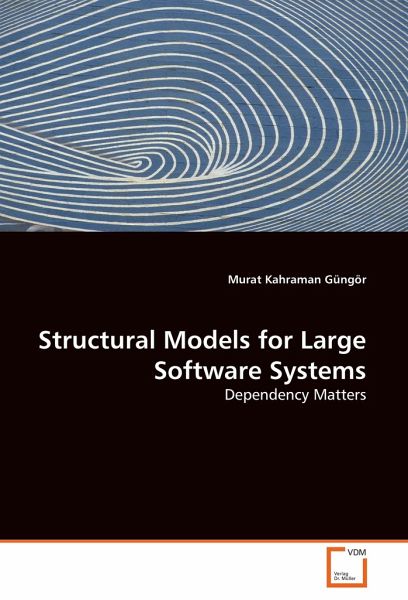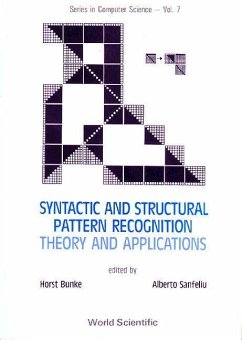
Structural Models for Large Software Systems
Dependency Matters
Versandkostenfrei!
Versandfertig in 6-10 Tagen
52,99 €
inkl. MwSt.

PAYBACK Punkte
26 °P sammeln!
Today, software is found in almost all systems, vehicles, communication devices, medical equipments, and entertainment, for example. The size and complexity of these systems has grown continuously over the last forty years ? the time span for modern computing. The latest release of the Windows operating system, called Vista, is more than fifty million lines of code, about 40% bigger than the previous version. Some of the reasons for this are numerous feature demands and the need to support multiple platforms, and need for compatibility with legacy software and hardware. Each line of code, in t...
Today, software is found in almost all systems, vehicles, communication devices, medical equipments, and entertainment, for example. The size and complexity of these systems has grown continuously over the last forty years ? the time span for modern computing. The latest release of the Windows operating system, called Vista, is more than fifty million lines of code, about 40% bigger than the previous version. Some of the reasons for this are numerous feature demands and the need to support multiple platforms, and need for compatibility with legacy software and hardware. Each line of code, in these large systems, requires perhaps several technical decisions, often, but not always simple. The sheer volume of this decision making process is daunting. No single human can fully understand a system of high complexity. To help ameliorate this problem, systems are decomposed into subsystems, libraries, modules, and classes. Most of these components have interdependencies, in order to provide services, one to another. However, in systems of great size, the dependencies often become a dense web of relationships. It is exactly this problem on which we focus in this book.












